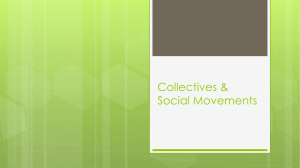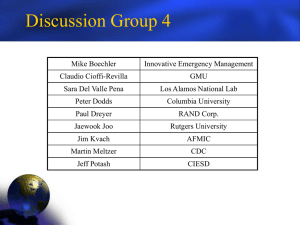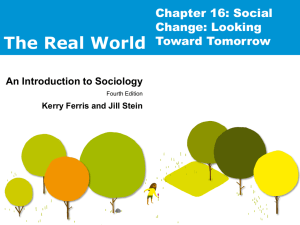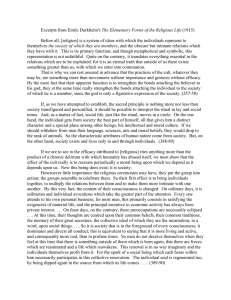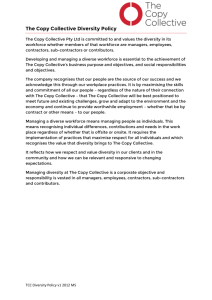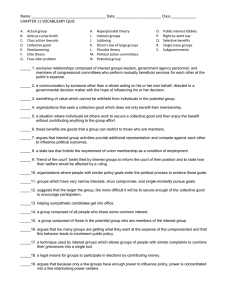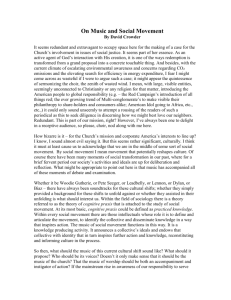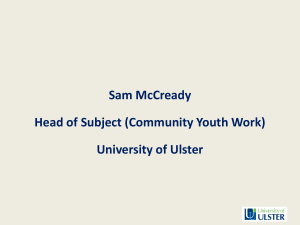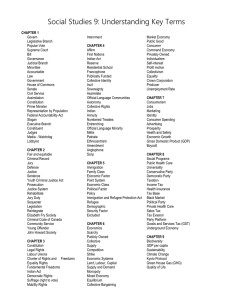Chapter 17: Social Change and Collective Behavior
advertisement
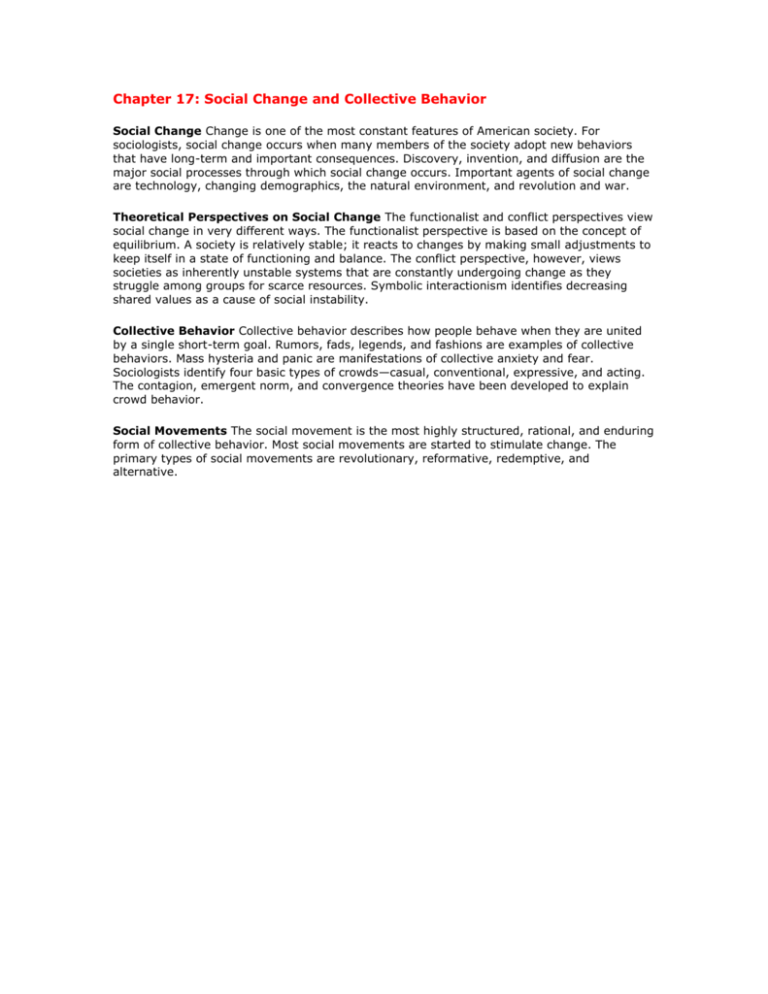
Chapter 17: Social Change and Collective Behavior Social Change Change is one of the most constant features of American society. For sociologists, social change occurs when many members of the society adopt new behaviors that have long-term and important consequences. Discovery, invention, and diffusion are the major social processes through which social change occurs. Important agents of social change are technology, changing demographics, the natural environment, and revolution and war. Theoretical Perspectives on Social Change The functionalist and conflict perspectives view social change in very different ways. The functionalist perspective is based on the concept of equilibrium. A society is relatively stable; it reacts to changes by making small adjustments to keep itself in a state of functioning and balance. The conflict perspective, however, views societies as inherently unstable systems that are constantly undergoing change as they struggle among groups for scarce resources. Symbolic interactionism identifies decreasing shared values as a cause of social instability. Collective Behavior Collective behavior describes how people behave when they are united by a single short-term goal. Rumors, fads, legends, and fashions are examples of collective behaviors. Mass hysteria and panic are manifestations of collective anxiety and fear. Sociologists identify four basic types of crowds—casual, conventional, expressive, and acting. The contagion, emergent norm, and convergence theories have been developed to explain crowd behavior. Social Movements The social movement is the most highly structured, rational, and enduring form of collective behavior. Most social movements are started to stimulate change. The primary types of social movements are revolutionary, reformative, redemptive, and alternative.

